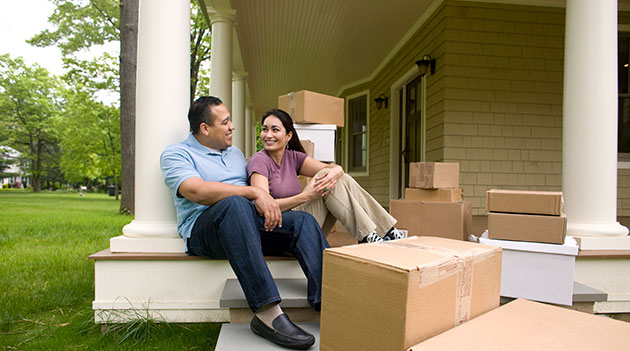There's an art to packing for moving. Do it right and the relocation process is a snap. Do it wrong and your life becomes a disorganized nightmare filled with exasperated vows to never relocate again.
Helpful Ways to Smooth Your Move
To ease your move, consider the following packing tips:
- Don't wait until the day before you move to begin packing. Planning should begin at least six weeks in advance, starting with moving boxes. Decide between traditional cardboard boxes or renting reusable plastic boxes. If you opt for cardboard, avoid using boxes that are torn and frayed, making them prone to falling apart as soon as you attempt to lift, putting fragile items at risk of damage.
- Create designated packing areas in each room. Have separate empty boxes for packing and items you want to give away. Be sure to give yourself enough room to move in between boxes at the start. Otherwise, the boxes become immovable objects when filled.
- Stock packing supplies in each room. This should include: scissors, tape, wide-tipped markers, and a pocket notebook for jotting down sudden reminders of things you need to do. The importance of a notebook cannot be overemphasized. Two weeks after relocating is not the time to place palm to forehead and say, "I can't believe I forgot to submit a change of address form with the post office."
- Begin packing the rooms you least use first. A guest room would fall into this category.
- Avoid packing anything that you may need before the moving date. This will spare you moments of severe angst and self-flagellation. With this thought in mind, pack out-of-season items first.
- Pack boxes full. Use packing material, if necessary, to fill empty space. Half-filled boxes are more prone to being crushed during a move.
- When packing larger boxes, pack heavier items first, at the bottom. This prevents boxes from becoming top heavy, more susceptible to tipping.
- Use smaller boxes for heavier items. This makes for easier moving.
- Use different colored wrapping paper to color code items. For example, framed pictures in green, coffee mugs in red, knickknacks in blue. This makes for instant recognition when unpacking, eliminating the need to unwrap to see what the item is.
- Pack items you may need when you arrive – bedding, shower curtain, towels, change of clothes, flashlight , toiletries– in the car with you.
Do you have moving experience? Are there any additional packing tips you'd add to the list?
